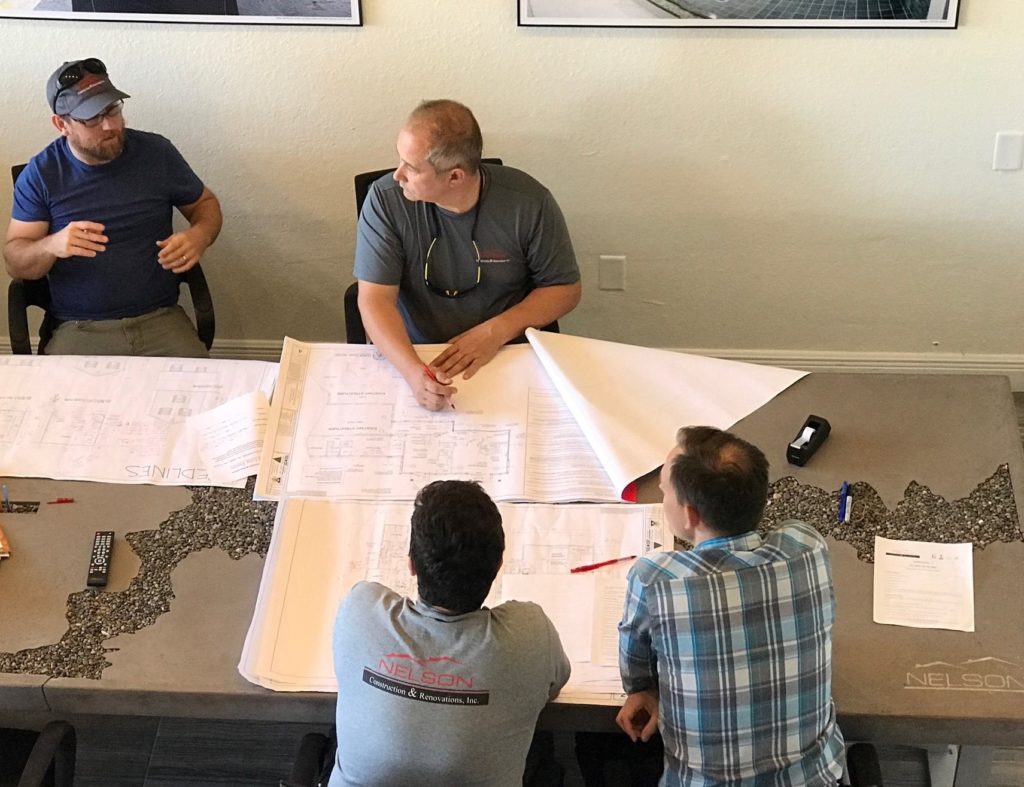
When you’re building or remodeling your home, you’re not buying towels or dishes. In most cases, it’s one of the most costly purchases you’ve ever made. So when it comes to budget, you probably want to figure out the best places to save money right off the bat.
There are many parts and pieces to a renovation or a construction project, and many ways to save money. That’s the beauty of working with a qualified Design-Build company, as their professionals usually have years of experience on pricing and can guide you in the right direction on which design items to select to stay within your budget. We often save our clients thousands of dollars by finding them finishes and fixtures that still look good and are in keeping with their tastes, but are far less expensive than what they might find on their own, as a consumer.
When we sit down with our clients for their initial design consultation, there are five major areas we like to discuss before we proceed. These big-ticket items can make or break the bank when it comes to a custom home project, and the direction we take depends on finding that balance between budget and aesthetics. You have to decide – are these items so important to your custom home that you are willing to stretch your budget a little? Or does budget take priority? Is there a middle ground in any of these areas? These are all important aspects of the design and planning process.
Here are five places where you can sway your budget considerably on a custom home project:
Continue reading


